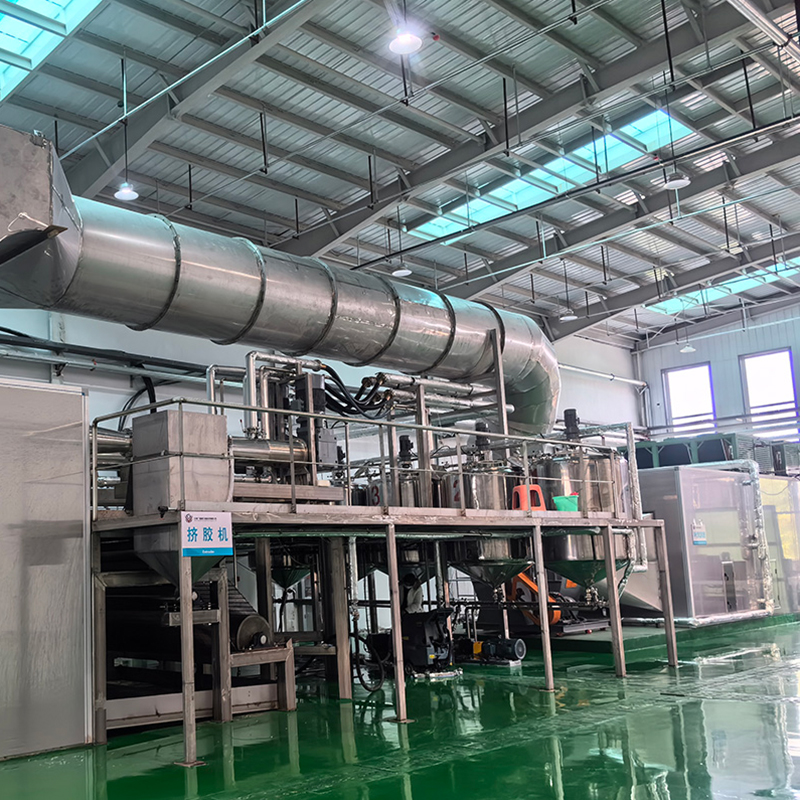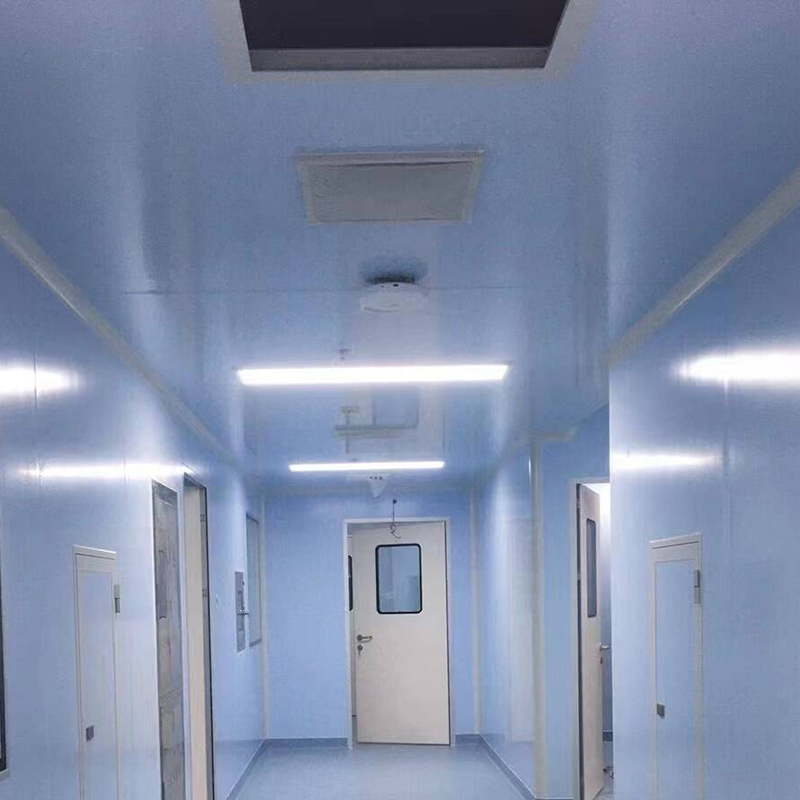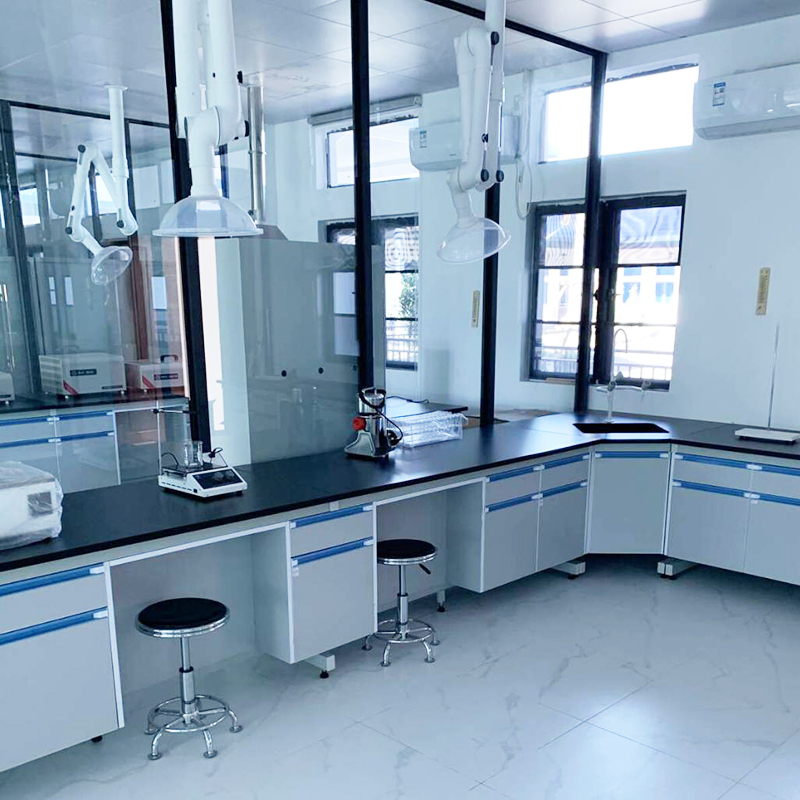
What are the equipment and process of gelatin production
The production equipment and process of gelatin mainly include the following aspects:
Gelatin production equipment
Cleaning equipment: Used to clean animal bones and skin, remove surface impurities and dirt. The main equipment includes cleaning pool, conveyor belt, etc.
Crushing equipment: The raw materials after cleaning are broken into small pieces to facilitate subsequent soaking and acid hydrolysis. Commonly used crushing equipment are crusher, cutting machine and so on.
Soaking equipment: The broken raw materials are soaked in an acid solution to hydrolyze collagen into gelatin. The soaking equipment is usually a large container or soaking pool.
Acid hydrolysis equipment: On the basis of soaking, by adjusting the temperature and acidity, collagen is further hydrolyzed. Acid hydrolysis equipment usually uses a reaction kettle or high temperature autoclave.
Neutralization equipment: neutralize the solution after acid hydrolysis, remove excess acid, and make the pH value of gelatin reach the appropriate range. The neutralization equipment is usually a neutralization tank or tank.
Decolorizing equipment: remove pigment and impurities in gelatin, make the product color clear. Commonly used decolorization equipment are decolorization column, decolorization tank and so on.
Concentration equipment: Through evaporation, decompression and other ways, the gelatin solution is concentrated to a certain concentration, in order to facilitate subsequent drying. Enrichment equipment includes evaporator, enrichment tank, etc.
Drying equipment: the concentrated gelatin is dried to obtain the final gelatin product. Commonly used drying equipment are spray dryer, drum dryer and so on.
Packaging equipment: Used to automatically measure and package dried gelatin for easy storage and transportation. The main equipment includes automatic packaging machine, sealing machine and so on.
Gelatin production process
Acid production process:
Preparation of raw materials: Select qualified animal bones and skin, wash and break.
Soaking and acid hydrolysis: The crushed raw materials are soaked in an acid solution, and the collagen is hydrolyzed into gelatin by adjusting the temperature and acidity.
Neutralization and decolorization: The solution after acid hydrolysis is neutralized, excess acid is removed, and pigments and impurities are removed by decolorization equipment.
Concentration and drying: the gelatin solution after decolorization is concentrated, and then the final gelatin product is obtained through the drying equipment.
Packaging and storage: Package the dried gelatin and store it in a cool, dry and ventilated place.
Alkali production process:
Raw material pretreatment: Raw materials containing collagen are first pretreated by ash leaching, water washing and fat removal.
Collagen degradation: Under the condition of lime or sodium hydroxide and a certain temperature, collagen is gradually degraded into a mixture of polypeptides with uneven molecular weight.
Concentration and drying: the polypeptide solution is concentrated, dehumidified and dried after a series of treatment to obtain a solid powder.
Enzymatic production process:
Raw material pretreatment: Treatment of crushed bone or skin collagen with enzyme solution.
Enzymatic hydrolysis: The collagen solution is obtained by stirring in an acidic solution.
Neutralization and precipitation: neutralization with alkali to the electric point of collagen or salting out with salt to obtain fiber precipitation of collagen.
Drying: After separation and precipitation, reheating, that is, gelatin is obtained.




